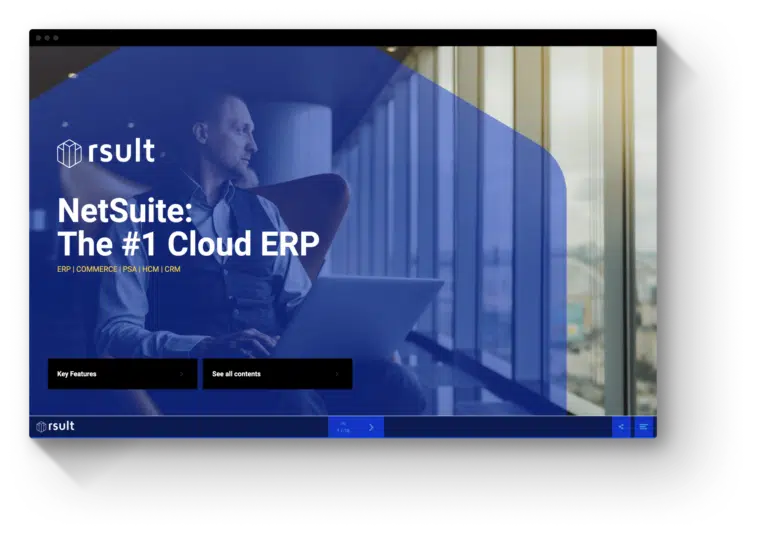1. System upgrades and improvements are pushed to the back burner, due to the associated cost and disruption
All too often, companies realize that their current business systems fall short of what the organization desperately needs to accelerate growth, but no one can face the thought of the disruption and expense of upgrading to the latest versions or adding more people. The business may also be falling behind on giving employees and customers the ability to access information over the web and from mobile devices because there aren’t adequate internal resources to implement and manage the required technology.
2. Backups, server failures, malware, and data security are constant worries
It is a major business risk when financial data is concentrated in a single QuickBooks system, while ancillary information is scattered around in other software systems and spreadsheets. The company is overly reliant on fallible backup routines. Other major concerns are malware attacks and data theft.
A sobering question is how quickly the business could recover if a server went down and the company had to revert to a backup.
3. A major deterrent to investing in new technology is the time required to see a return on investment
Funding new applications or technology upgrades requires significant working capital, but it can be many months before the organization sees a return. Even then, there is no guarantee that the new technology will deliver the expected results. When this is the situation, it often feels safer to just muddle along with existing systems and processes, even if everyone recognizes that they are holding the organization back.



